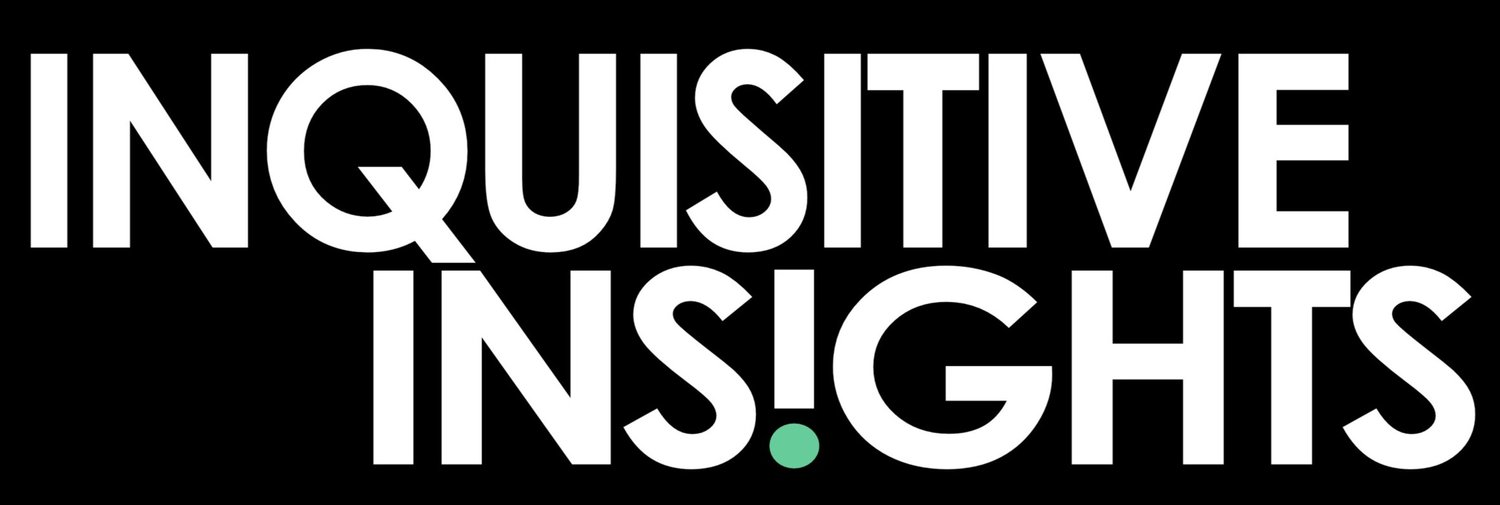Win the Name Game with These 4 Tips
A great name can help break through a crowded marketplace, build brand awareness, and drive sales. But how do you know if you've chosen the right name? That's where a naming evaluation comes in.
A naming evaluation is the process of testing and evaluating potential names to determine which one is the best fit for your brand and target audience. It involves collecting feedback from both internal and external stakeholders, and using this feedback to make an informed decision about which name to choose.
“Leave yourself room to learn something; it’s often more insightful to compare responses to two or three names than to simply ask about one.”
As brand researchers, we’ve conducted many naming evaluations and we’ve picked up a few tips along the way:
Be honest about what you need to learn. Are you looking for the name that most effectively conveys a certain brand characteristic among your target audience? Are you worried that this name might be offensive in certain cultures? Are you trying to settle an internal disagreement? Starting with a clear objective allows us to develop the most efficient plan for collecting feedback.
Don’t limit yourself to your loyal customers. It’s great to include feedback from fans of your brand, but if they already know and love you, their opinions might not accurately reflect how potential new customers will respond to a re-brand or new product name. Consider including feedback from consumers who shop your competition, employees, and anyone else who might have a unique perspective on what the name conveys.
Ask the right questions. This is why we always advocate for working with insights professionals. The purpose of a naming evaluation is not to find out which name people prefer. You want to collect more substantive data, including memorability, brand relevance, and any unexpected associations in the minds of your consumers.
Test more than one name. We encourage clients to conduct naming evaluations before they’ve painstakingly narrowed it down to one beloved option internally. Leave yourself room to learn something; it’s often more insightful to compare responses to two or three names than to simply ask about one. Also, it’s really a bummer if that one name doesn’t test well.
Naming can be a long and complicated process, but with careful consideration and expert partners at your side, choosing the right name can be fun. Need help? Let’s talk.
